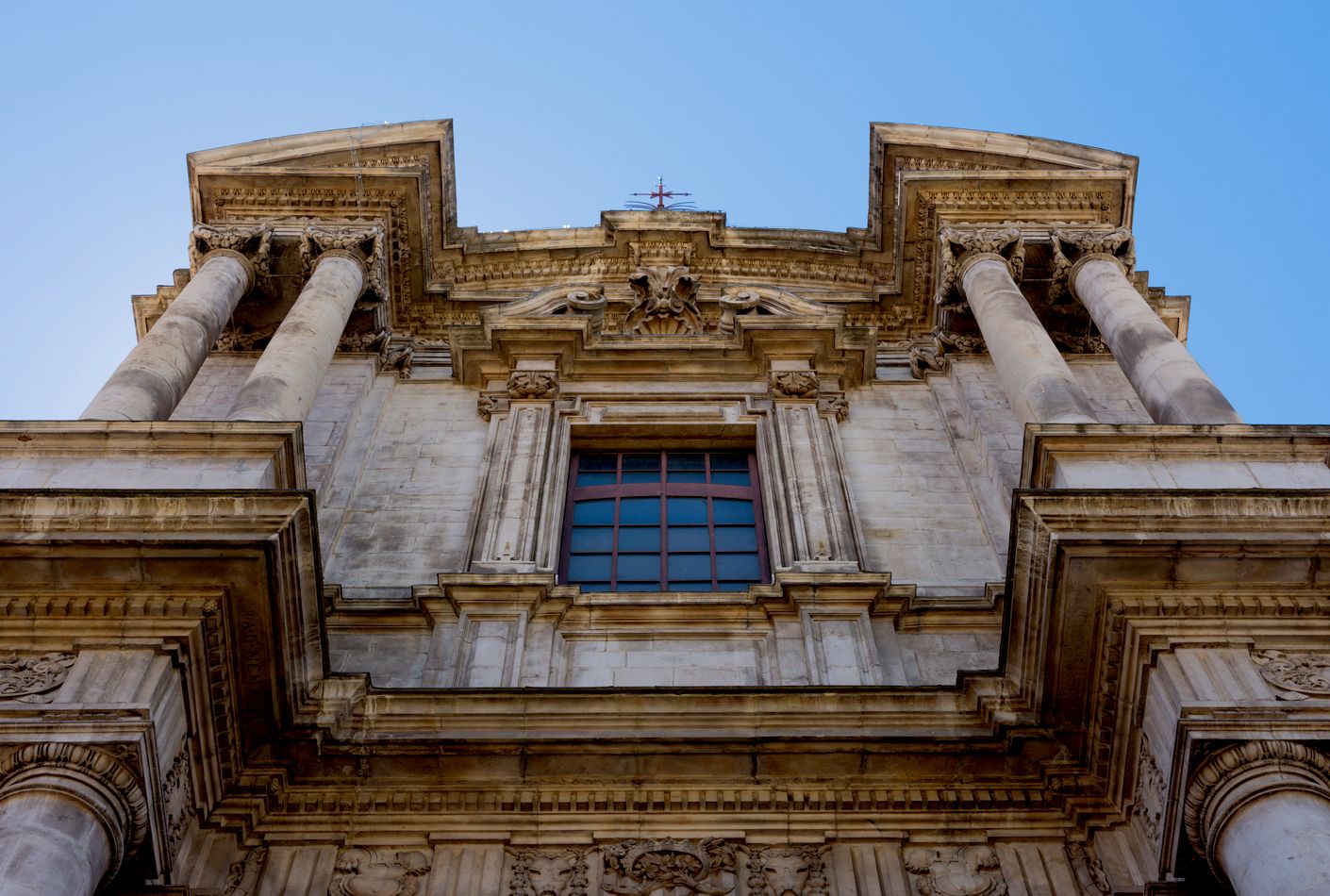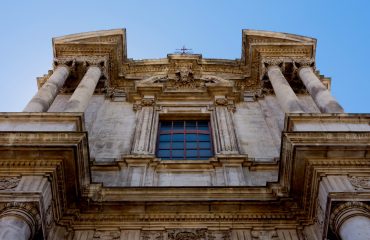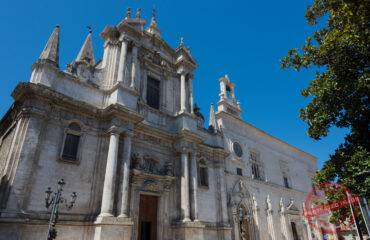SWEET SURPRISES
Sulmona & the Celestiniana Abbey
- Explore the charming town of Sulmona, known worldwide as the capital of confetti candies
- Test your skill at spotting architectural styles on a quest for the town’s medieval and Renaissance buildings, miraculous survivors of a calamitous 18th century earthquake
- Visit the Abbey of Santo Spirito al Morrone, once at the core of Sulmona’s religious and cultural life
-
Category
-
Hobbies & Interests
-
Duration3 hours
-
Destination
SWEET SURPRISES
Sulmona & the Celestiniana Abbey
Set deep in the folds of the Peligna Valley, in the foothills of Abruzzo’s majestic mountains, Sulmona is one of the region’s prettiest and oldest towns. Its origins date back to the ancient Romans and beyond though it was only centuries later, in the Middle Ages and Renaissance era, that this town flourished, becoming a prosperous trade centre and thriving hub for crafts such as goldsmithery and paper-making. Although a calamitous earthquake destroyed a considerable portion of Sulmona’s buildings in 1706, many architectural treasures still survive within the town’s historic centre, which was largely reconstructed in the 18th century.
The town’s fame is inextricably linked to the long-standing tradition of confetti production, practised here since the 1400s. Bundles of sugar-coated almonds enriched with all sorts of tempting flavourings, including chocolate, caramel, orange and apple, have made Italian celebrations all the sweeter for centuries and sparked the popularity of Sulmona worldwide. Believed to bring good luck, these candies are traditionally handed out as gifts to guests on special occasions, such as weddings, christenings and anniversaries. Magnificent compositions of colourful confetti adorn the window displays of Sulmona’s confectioners, in the shape of bunches of grapes, bouquets of flowers, butterflies and dolls, and joyfully decorate the streets with splashes of red, purple, yellow and blue.
But Sulmona offers many other surprises, as you will have the opportunity to discover while walking about town. Your guide will meet you at your accommodation and lead you on a trail through the city centre, past splendid palazzi, across charming piazze, inside age-old churches, in search of traces of the city’s glorious past.
You will certainly visit the Cathedral of San Panfilo, dedicated to Sulmona’s patron saint and thought to have been erected over a pre-existing Roman temple. Despite being severely damaged by the earthquake and entirely renovated in the 18th century, the church still preserves its original medieval crypt and external Gothic portal topped by a 14th century frescoed lunette. From here, enjoy a stroll along the main thoroughfare, Corso Ovidio, lined with elegant arcades, shops and cafes, stopping along the way to admire the facade of the Palazzo of Santissima Annunziata, one of the rare examples of late medieval-early Renaissance architecture in Sulmona. Just a few steps away you will come face to face with the town’s most famous son, Roman poet Ovid, born in the ancient Sulmo in 43 BC and immortalized in a bronze statue in Piazza XX Settembre. Not to be missed is the aqueduct built in 1256, a remarkable example of medieval engineering skills, whose twenty-one robust arches can still be found in Piazza Garibaldi. This square is the very heart of Sulmona and has staged the city’s most significant events, feasts and rituals throughout the ages. Today Piazza Garibaldi hosts an open-air market twice a week and is the site of two major annual festivals: the palio-style horse race of the Giostra Cavalleresca, held in July, and an Easter Sunday procession of a statue of the Virgin Mary, known as the Madonna che Scappa, during which bearers run across the square towards a statue of Jesus, re-enacting Mary’s encounter with the resurrected Christ.
The Church of Santa Maria della Tomba, with its beautiful 15th century rose window, and the medieval city gate of Porta Napoli, are both well worth a visit before heading for the Abbazia di Santo Spirito al Morrone, located five kilometres away from Sulmona. Founded in the second half of the 1200s by Benedictine monk and hermit Pietro Angelerio, who went on to become Pope Celestino V, the abbey was completely rebuilt after the earthquake of 1706. For centuries this was the most important settlement of the Celestine Congregation and the core of Sulmona’s cultural, religious and civic life. After the suppression of religious communities ordered under Napoleonic rule, the abbey served as a hospital, military barracks and a prison. Today the premises house the offices of the Superintendence of Archaeology, Fine Arts and Landscape and the National Park Authority of Majella. The monumental complex consists of an 18th century church and a monastery built around five inner courtyards. Of particular interest is the refectory, decorated with monochrome wall paintings by friar Joseph Martinez between 1717 and 1719 and adorned with fine stucco decorations.
- A half-day private tour with an expert licensed guide
- Tips
- Meals
- The order of the sites visited may change





